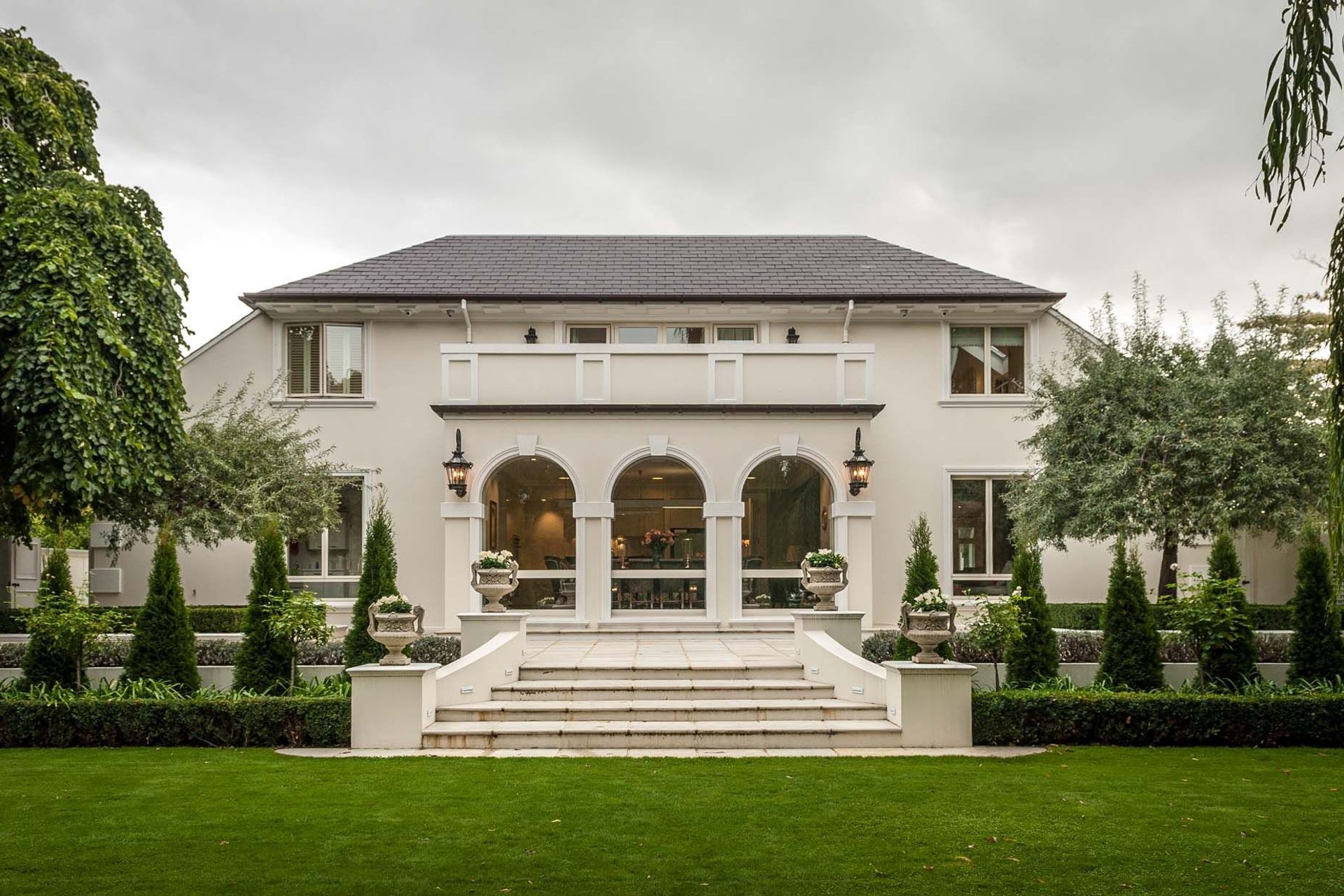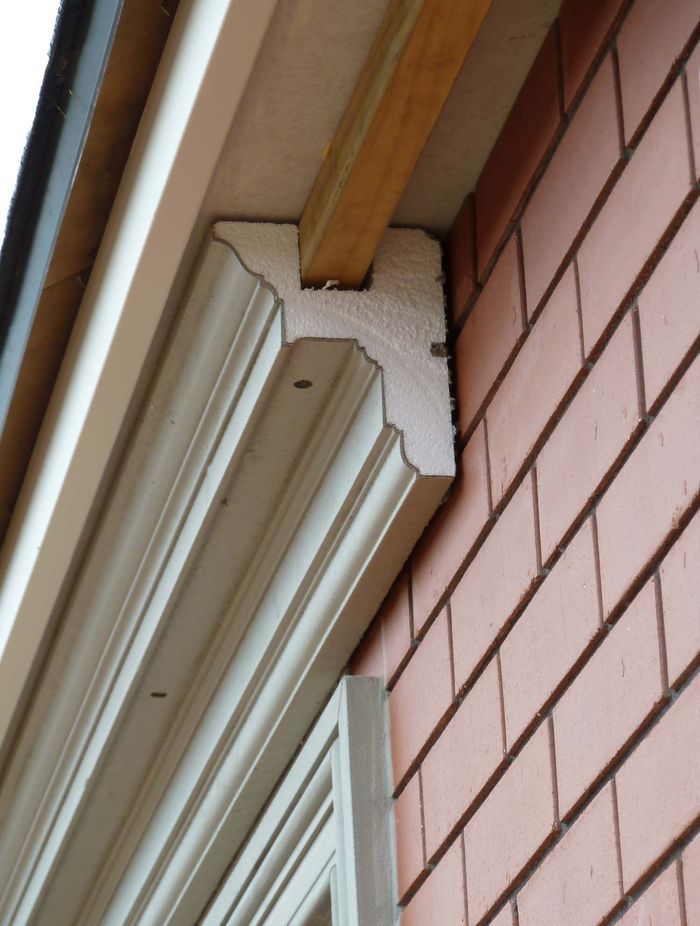Shaping the future – and the past – with decorative mouldings
Written by
13 May 2019
•
5 min read

The design is in the detail and detail is exactly where moulding experts Accumen Shapes operate. From the decorative detailing on heritage buildings to the most contemporary forms on new buildings, Accumen Shapes operates in a space with a distinct appeal - the beautification of buildings.
Incorporating customised details into the design of a building’s exterior can take a building from ordinary to extraordinary, add value and change the tone of the architecture itself. Many heritage buildings are known for their distinctive facades created with intricate detail.
Heritage detailing, known most widely in stone masonry buildings, has always been a way to make a statement, and to create a distinct aesthetic for a structure. Whether it was a sense of timelessness or status, designing bespoke detailing into a building’s exterior historically was - and in fact still is - a favoured way to create visual appeal, individuality or a specific architectural tone.
However, building codes have changed and technology has advanced opening the door to a new style of safer, lightweight decorative moulding options for external use.
In New Zealand, the experts in this field are the team at Accumen Shapes, a locally-owned business that has been exclusively operating in this niche for more than two decades. Their patented technology and range of materiality designed for exterior mouldings has transformed what was once possible.
In the process, it has allowed many heritage buildings to be reinvigorated with modern decorative mouldings that seamlessly form part of original facades yet comply with current seismic and other regulations in terms of their make up and adhesion to the structure.
“By incorporating lightweight exterior decorative mouldings into a building’s design, you are able to transform a building into a unique architectural icon without any structural redesign,” Accumen Shapes’ Josh Mainwaring says.
“In terms of heritage buildings where intricate stone masonry-work may have had to be removed to comply with current seismic regulations, lightweight decorative mouldings are the solution. By being able to create detailing indistinguishable from the original, this is a particularly sought after way to retain the original character of older buildings,” Josh says.
In terms of contemporary buildings, incorporating decorative mouldings can create a dynamic point of difference, adding a distinct and individual vibrance to an otherwise unassuming exterior.
What are the options for lightweight decorative detailing?
Accumen Shapes offers three options for decorative mouldings, each designed for specific end uses. The first is DecraShape®,
which is manufactured with kiln dried EPS and coated with Accumen’s KickIt® plaster system. “This combination of materials and technology is unique; there is nothing else like it on the market,” Josh says. “Having this patented technology means we are able to create any shape or form with intricate accuracy.”
It is a level of accuracy previously unattainable and one that allows for the creation of the most complex exterior detailing. DecraShape® is a good option for window trims, cornice details and other detailing that is located in areas where it is unlikely to receive high foot traffic such as column bases.
FourPLUS® is the second option. This variety of decorative mouldings is manufactured with the same kiln dried EPS interior but it is coated with a minimum of 4mm-thick KickIt® plaster. As such, it is suitable for settings where a more robust option is required - such as areas with high foot traffic - due to its superior impact resistance. “This is the preferred option for many large-scale commercial projects where seismic regulations are in place,” Josh says.
The third option is ShapeCrete®, which is a lightweight concrete product manufactured with reinforced fibreglass cement. ShapeCrete is the most robust of the three options and is often specified for the most high-use buildings and settings such as busy public spaces. “ShapeCrete® is also a great product for residential settings where, for example, a decorative detailing is located at ground level and could be prone to being knocked with a lawnmower. ShapeCrete®is impact resistant and suitable for the most hardwearing applications.”

Decorative mouldings are usually installed with TidyUp®, an adhesive plaster system designed specifically for the installation of lightweight detailing. “We recommend installers use our TidyUp® system in conjunction with mechanical fixings to ensure superior quality for every installation.”
Accumen Shapes is a New Zealand-owned business and specialist in the design and manufacture of lightweight exterior decorative mouldings. Working closely with architects and designers, Accumen’s team of staff has a combined expertise spanning more than one hundred years in the industry.
“Our specialised knowledge means we can work closely with architects, designers, construction professionals and even home owners to recommend the best product for any application, and design solutions in intricate detail.”
To view Accumen’s work, visit their Otahuhu, Auckland showroom or visit them on ArchiPro here to peruse the latest projects and their portfolio of work.

